Jan Vorisek’s Devotion Strategy
|CLAIRE KORON ELAT
Desire can be deceiving, even manipulating.
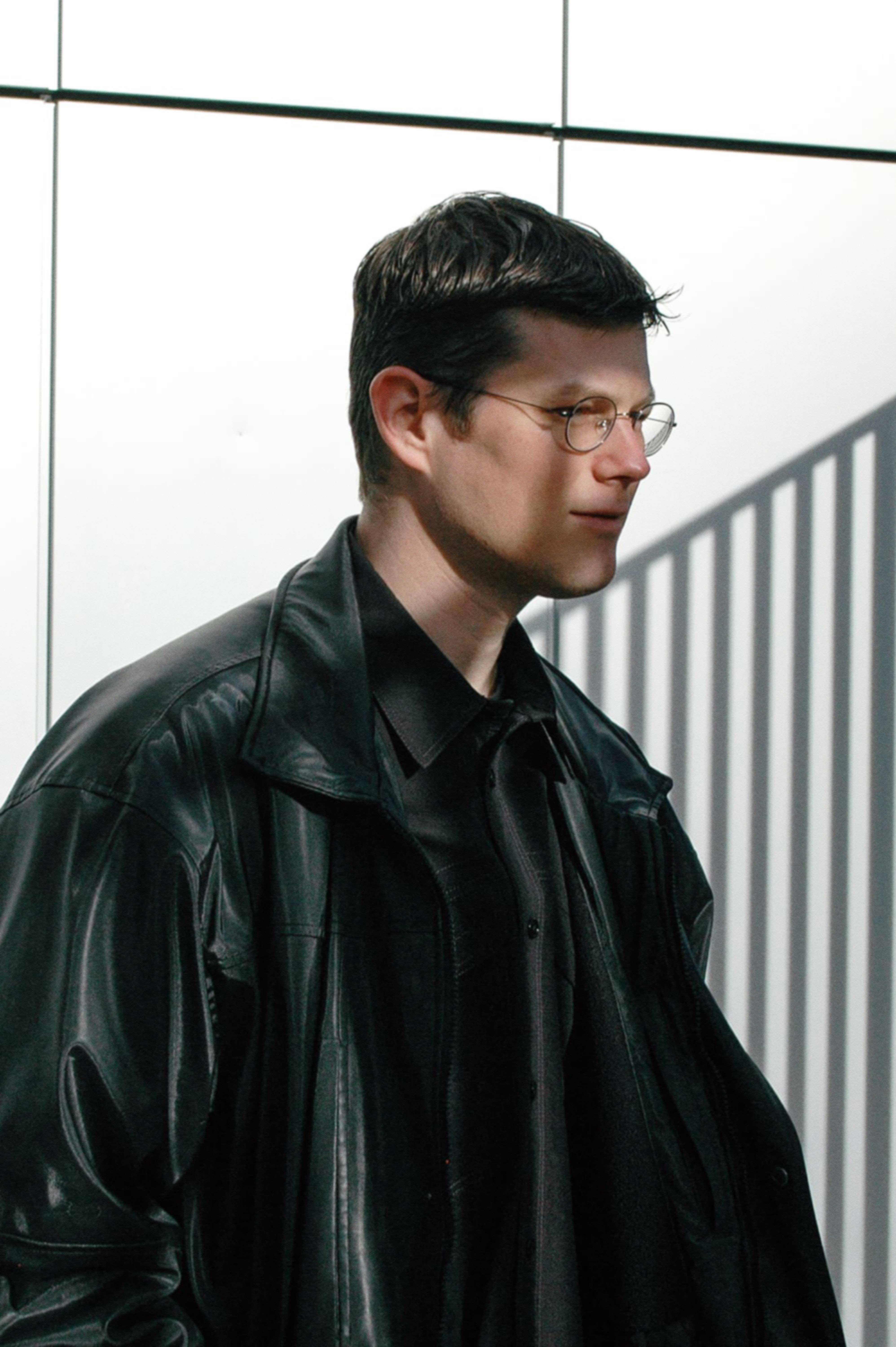
And at worst, it is fatal—either physically or cerebrally. When something you desire actually stops you from thriving, you have fallen into the trap of cruel optimism. Coined by American cultural theorist Lauren Berlant, cruel optimism describes a socio-political and psychological system in which people are unable to detach from unattainable reveries. These fantasies include seemingly realistic goals, such as upward mobility, job security, and social and political equality, that turn out to be romanticized aspirations. But people choose to remain cemented to these swindling fantasies despite the clear evidence that the neoliberal and capitalist societies we live in cannot uphold such promises. So, cruel optimism is only able to exist and persist because our political system upholds a climate where such false desires thrive—and are even necessary to preserve the system.
Artist Jan Vorisek’s work is devoted to such systems and hierarchies, their changeability and disintegration. Using sculpture, installation, performance, and sound, he works with material arrangements that temporarily transform the architectural conditions of exhibition spaces. One room of his recent solo exhibition “Edge, Hour, Substance” at Kunst Museum Winterthur, Switzerland, was occupied with a colossal, pitch-black structure reminiscent of a foreign, otherworldly body—malignant intestines that could belong to a malignant creature—or a fetish room. Titled Devotion Strategy pt. 2 (braced version) (2023), the pneumatic sculpture created a labyrinthine structure inside the exhibition space, thereby establishing its own spatial and thematic system within the given network of the institution. Vorisek’s work disrupts existing dramaturgies and orders of exhibition space that can be transferred to the order of political and social apparatuses. The sculpture’s optic adjacency to fetish objects further evokes questions of (forbidden) desires and pleasure, but also of shame and repulsion—similar to Berlant’s bittersweet fantasies. Having been part of the set of Ottolinger’s Autumn/Winter 2022 show, the sculpture itself changes between systems, traversing though economic and thematic structures and industries. In this interview, Claire Koron Elat talks to Vorisek about devotion, being a public amateur, and the commodified system in which art takes place.
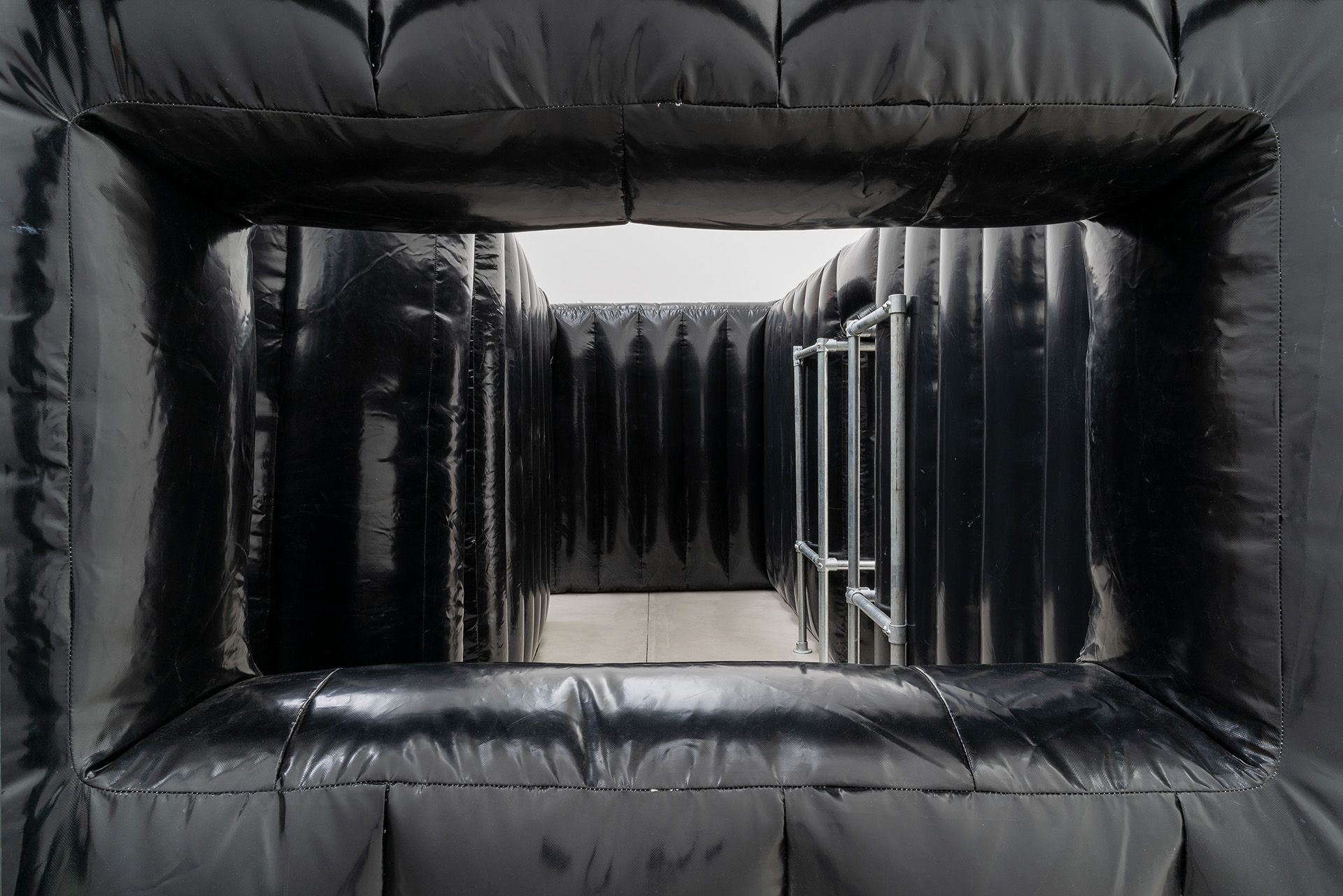
CLAIRE KORON ELAT: Your work often tackles contemporary forms of consumerism and the social, political, and economic systems that are tied to them. In the video Dog Cloud from 2021, for example, you appropriate the entertainment industry in the same way one would appropriate found objects or mass-manufactured detritus. Why are you interested in consumerism, entertainment, and the like?
JAN VORISEK: Dog Cloud was produced in Los Angeles during lockdown in 2021 for an exhibition at the Swiss Institute, New York. I found a video advertisement production company and hired them off the internet without any existing script. Once we signed the contract, they flooded me with questions in order for them to begin with production—so I had to write a story, develop characters, and choose a location. I was interested in the service of a production company as a readymade as well as the meaning of Los Angeles as place of production. The whole project felt like reverse engineering filmmaking, appropriating a site of production and myself performing the role of a director as a public amateur. I also wanted to see if it would be possible to use the differently aligned goals between the production company and my position as artist; the diametrically opposed ambitions between a company that normally makes high budget productions for clients such as Nike or IKEA and the artist who uses poor materials. The company wants to then do an “artistic” video, while the artist wants to commission a professional grade looking product. I was interested in this intersection of goals, and I wanted to see if it would possible to use “misunderstandings" as “medium.”
CKE: Do you relate the idea of the public amateur specifically to Dog Cloud or to being a multimedia artist in general? After all, you’re a quasi-amateur in every field, at least in comparison to artists who, for example, only do painting, and are extremely specialized in one thing. You’re also a DJ.
JV: It’s accepted for artists to make these grand promises and at same time totally failing to deliver them. There is a poetic resonance in that vulnerability and amateurism.
Yeah, I do DJ, I also host concert and club nights. I see myself more as an organizer. Preparing a DJ set starts with researching music and organizing it into playlists, hosting nights has a similar approach. It starts with research and then the question comes about how to make that mix of people and music happen. I also find it important to have an artistic practice that is informed by interests that go beyond what the art world offers.
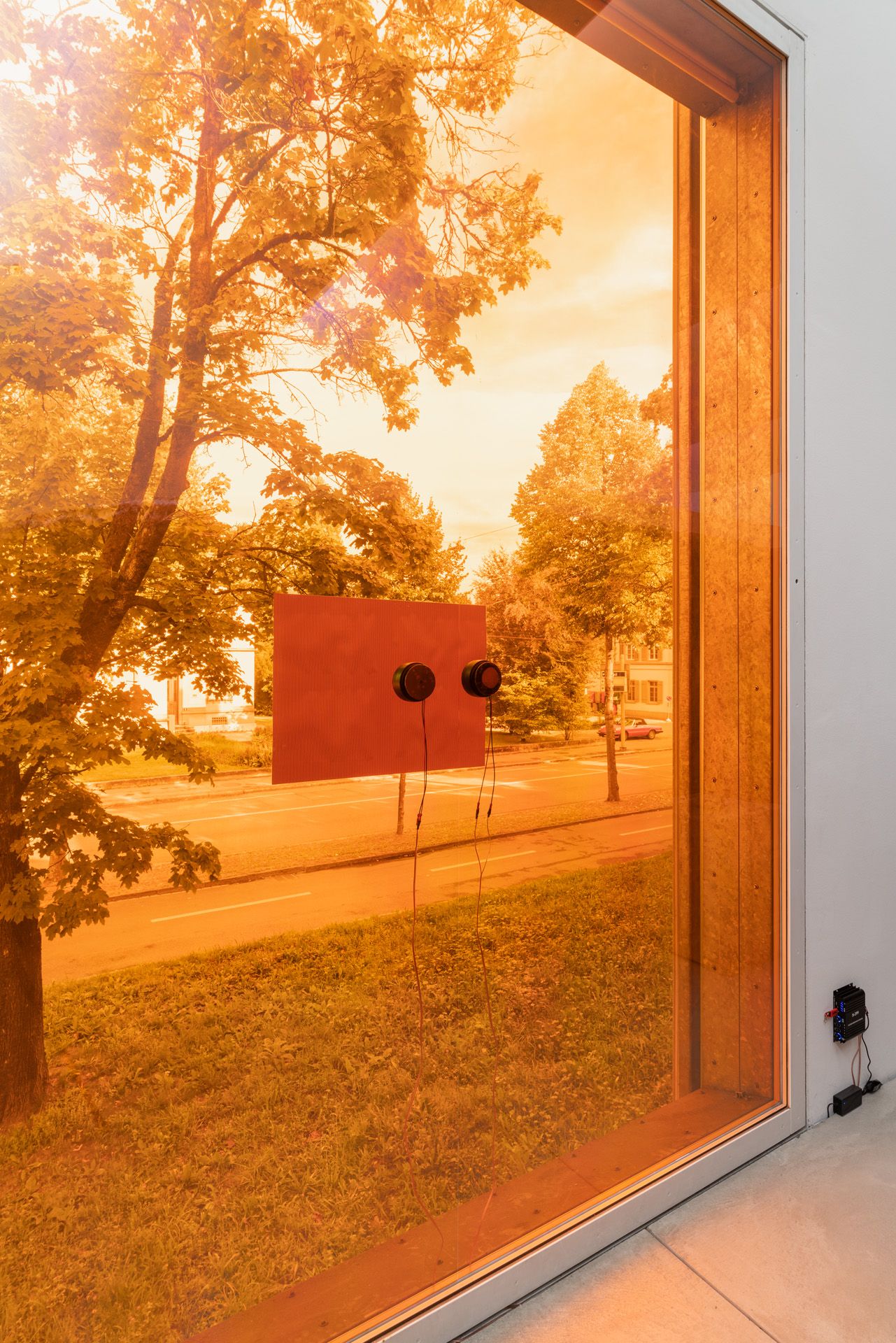
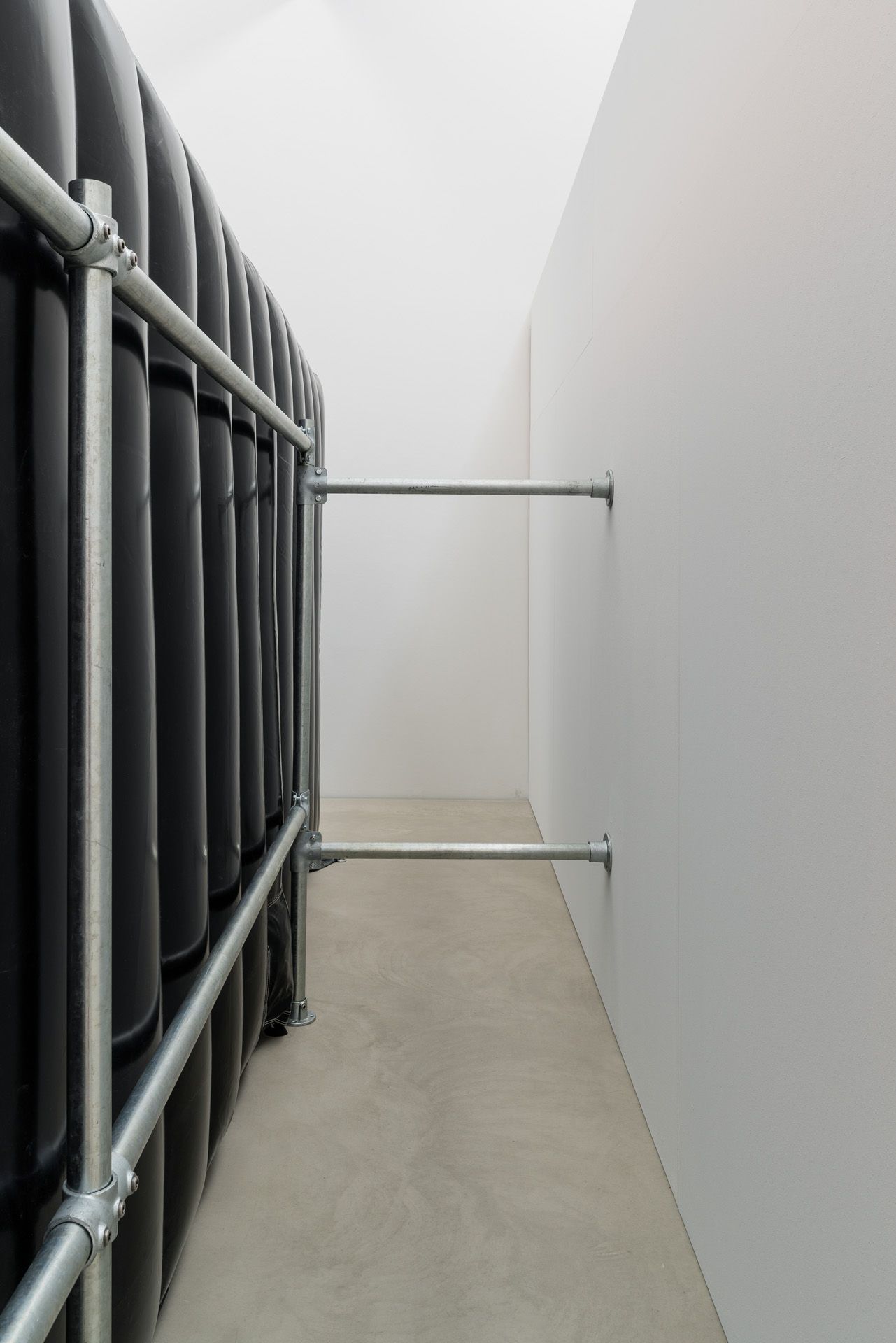
CKE: Commodification and consumerism are not only limited to how products are consumed, but also include how you consume art, which can arguably also be considered a product. How do you want your work to be consumed?
JV: By being experienced. Preferably in person and with a certain degree of autonomy. It is important that the substance of the artwork is not dominated by content imposed on it. And autonomy is related to collectivity. In the collective, there are different views and experiences that are then projected onto the art, so my work is not subject to only a single reading. There is a tension with art institutions, which are designed to convey content, but often fail to do that, for example, when the descriptions of art works are too literal, and the information is practically superimposed onto the work. I think that is a problem of institutions. By over-explaining everything, they negate the agency of the visitors.
CKE: When you design your exhibitions, does them being photographable play a large role? The exhibition basically has to become an image that can circulate online.
JV: I studied in the photography department at art school. In that sense, I can’t shake it, but images are always a starting point. These image-ideas then manifest into exhibitions, which are documented and become images again. There is this circularity, but also a discrepancy. Since all these forms exist independently, they have their own functions. But I try to prioritize the actual exhibitions, rather than getting overly concerned about how images circulate online.
CKE: The installation Devotion Strategy (2023), which is part of your show at Kunst Museum Winterthur, is an inflatable structure that collapses at night when it loses access to air. How do you relate this to political and social structures that similarly collapse once certain constituents are suddenly missing?
JV: It’s about questions of temporality and how to measure such a collapse. I would say that collapse is a loop. The work Devotion Strategy functions like a lung that breaths in and out—for me, this is an analogy to systemic breakdown, which is in constant repetition.
CKE: The work was also previously used as the set of an Ottolinger show. Did this more commercial context change the way you perceive the work?
JV: For me, collaborating with Ottolinger was a quite fun and intuitive. I love the antithetical deconstructed punk spirit; Cosima [Gadient] and Christa [Bösch] have a deep understanding of contemporary culture, music and art, and know exactly how to engage with other artists. I was interested in that moment of crossover and letting the work break out of its normal context to exist in a parallel reality as catwalk.
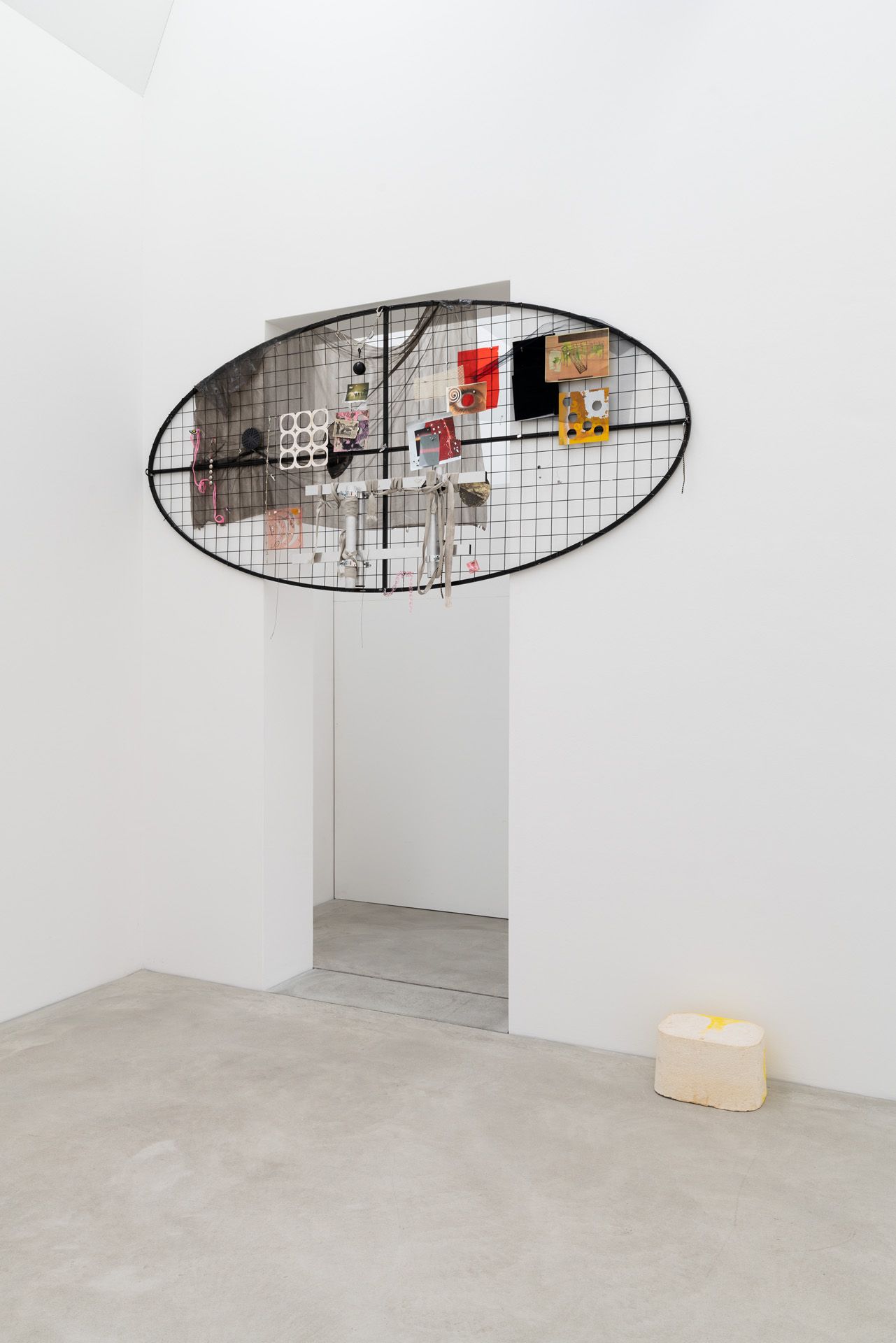
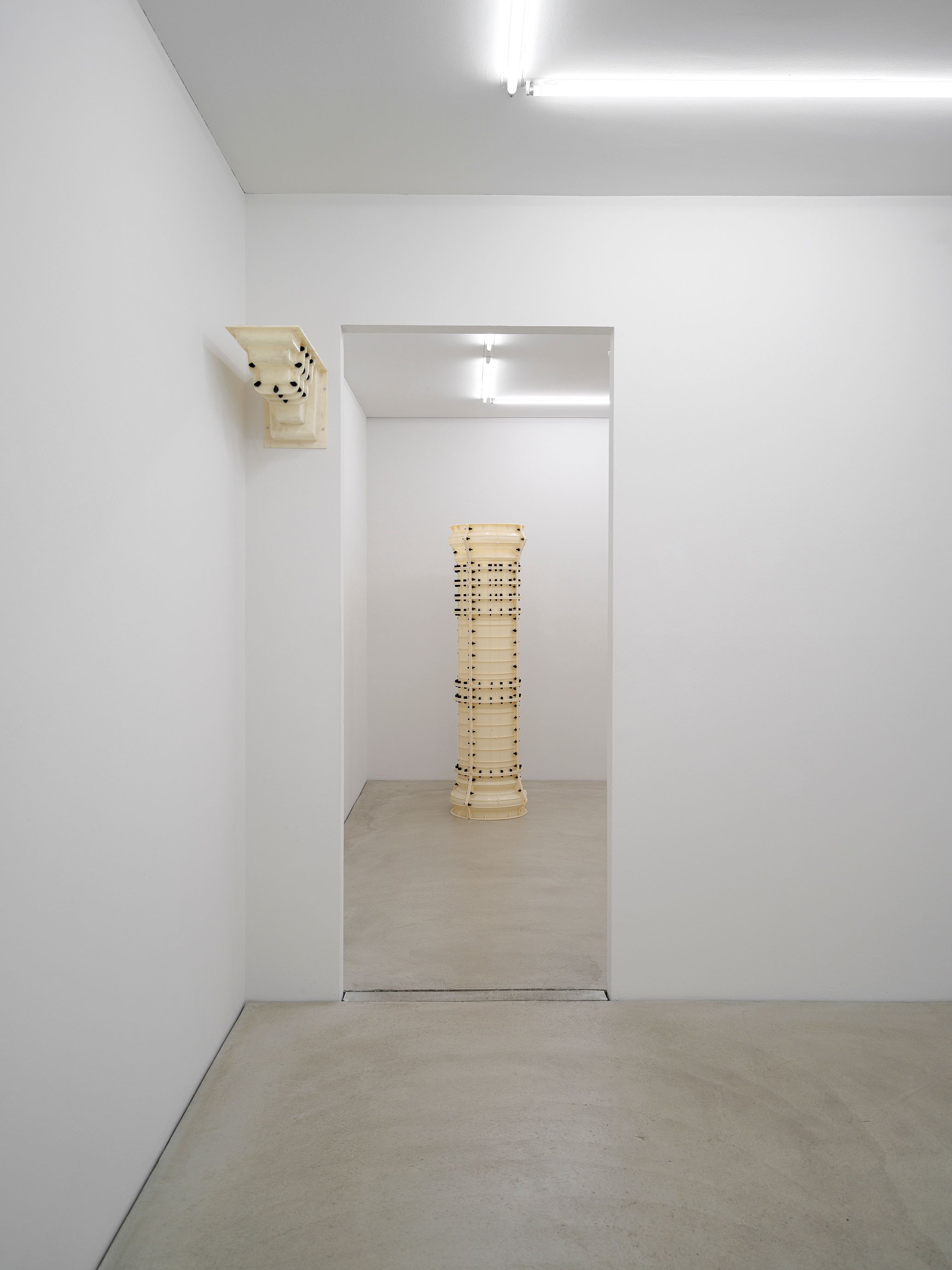
CKE: The word devotion, which is part of the work’s title, also tends to imply a sexual and/or religious connotation. And the massiveness and color of the work evoke fetishes. What types of fetishes are addressed in this piece?
JV: I like to set up different paths in my work, full of traps and dead-ends. Standing in front of the installation, it’s like a big picture with an entry in the middle. Once you enter, it becomes a space. In turn, this space triggers responses oscillating between visceral reactions and cerebral analysis. There is not a single string to resolve the meaning completely. It’s more like a perpetual machine, spiraling in and out of control.
I’m interested in the fact that obsessions are irrational. The room of Devotion Strategy evokes very different reactions. Some people feel comforted, others claustrophobic. There is a sort of dramaturgy as you walk through the object but there is no climax. So, for me, it’s more latently sexual.
It’s also a play with references. I’ve always imagined that entering the installation is like being inside the intestines of an alien from science fiction. Architecturally, you’re reminded of a pavilion though. The work is almost like a readymade. It’s an inflatable object, and as soon as the air is out, it’s like a dead body. I like to use a minimal aesthetic, since what the work constitute might be quite the opposite of minimalism and full of ideas and references.
CKE: Then there is the actual fetish called vorarephilia, which is the erotic desire to consume or be consumed by another person or creature. So, consumption (also in a monetary sense) can be a fetish too.
JV: If you think about the intestines reference, it’s as if the work digests you—you go inside and then outside again. The work devours you.
What consumption and fetish have in common is that they’re turned on by irrationality. Our consumption is irrational; fetishes are irrational. Economies are irrational. The stock market is actually dependent on moods and economic language is filled with psychology. So, the irrational is a territory of capitalism, but since nobody can control irrationality, it might also be a tool to find a way out of a neoliberal system.
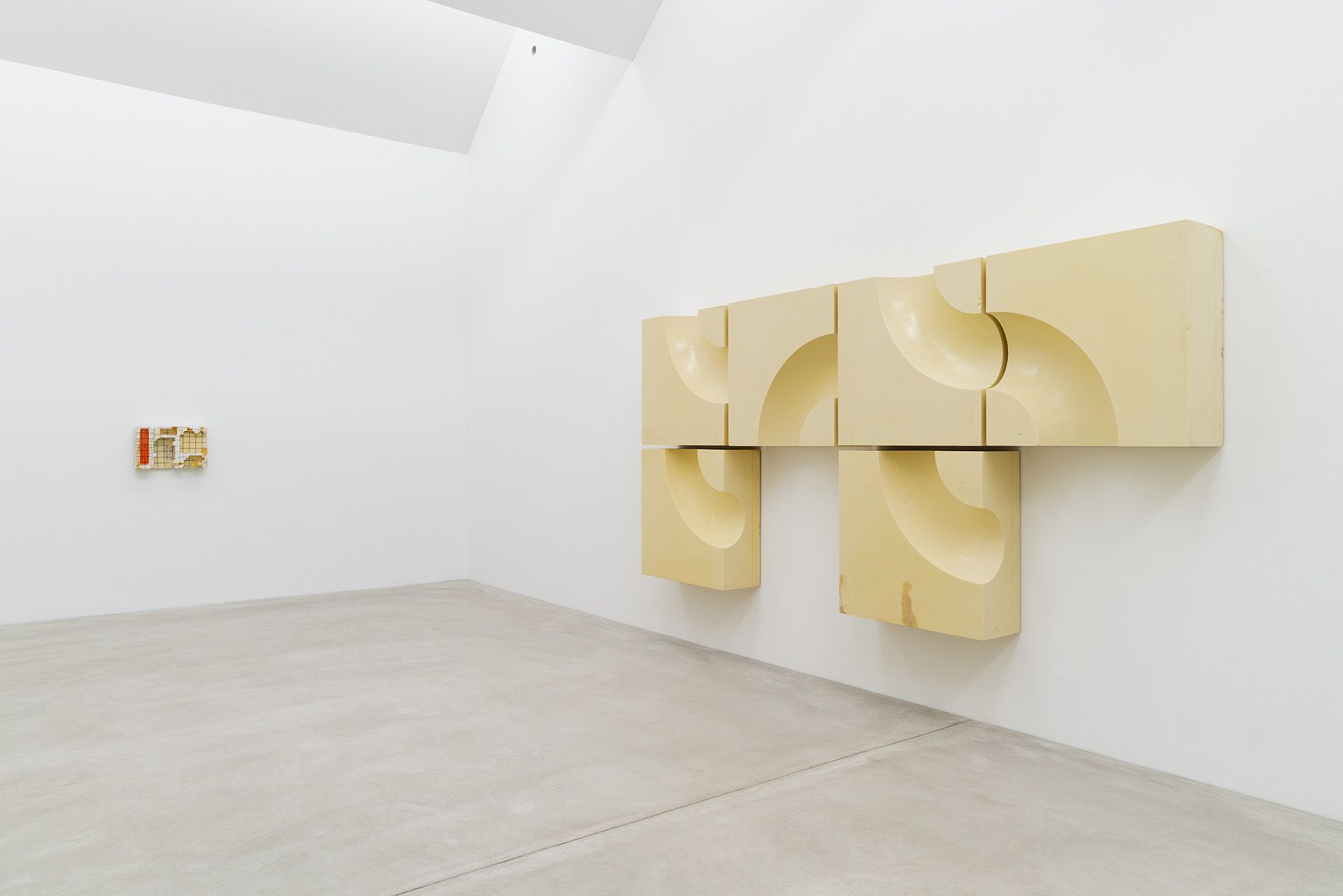
CKE: The show also includes a sound intervention; speakers are placed in a hollow space in-between the window to the exhibition and a second window to the outside world.
JV: That’s a very intuitive work. It’s about investigating, appropriating, and altering exhibition architectures. The way you usually encounter artworks is supposed to be redefined through my work. And the appropriation of a pre-existent architecture emerges from a certain efficiency: work with what’s already there / make your problems your solutions. Since it’s site-specific, it is also ephemeral.
CKE: In some of the rooms, you can distinctly hear the museum’s ventilation system. Although you previously told me that this wasn’t intended, it has still become a component of the show. Particularly, when you think about noise, sound, and music. How does the “real” sound intervention interact with the “accidental” sound intervention?
JV: For me, there are ambitions and ambience. One is controllable, ambition, and the other is not, ambience. At the same time, they influence each other.
After the show opened, visitors started noticing the sound in the last room of the air ventilation system, and there was the question whether it was a sound installation. If there were only paintings in the room by someone who only does painting, no one would make this conclusion. But since ambient, noise, and drone are part of my works, I embraced this assumption, claiming it as my work. I find this white noise quite calming; that exact random frequency is so banal and yet so transcendental.
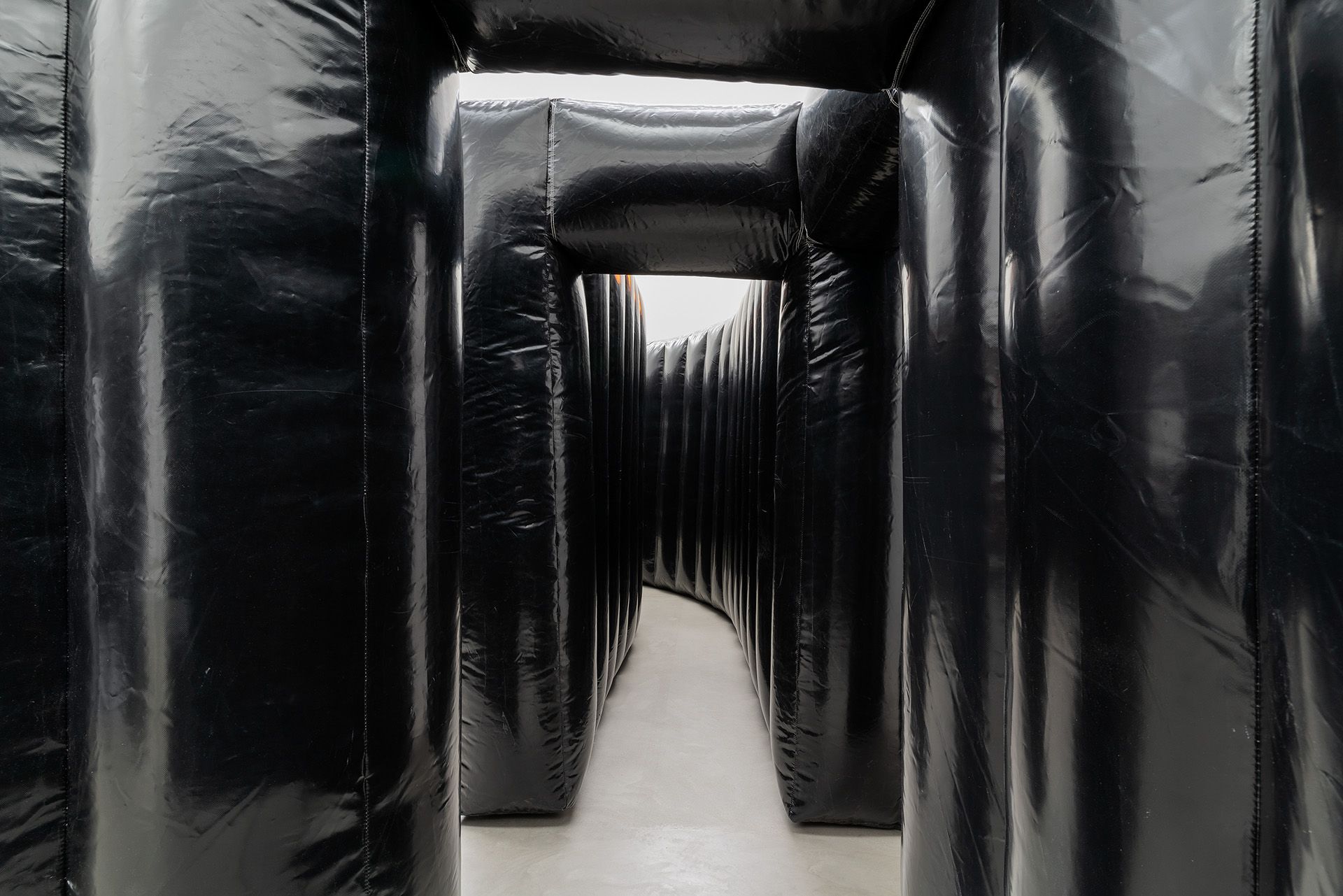
Credits
- Text: CLAIRE KORON ELAT
Related Content
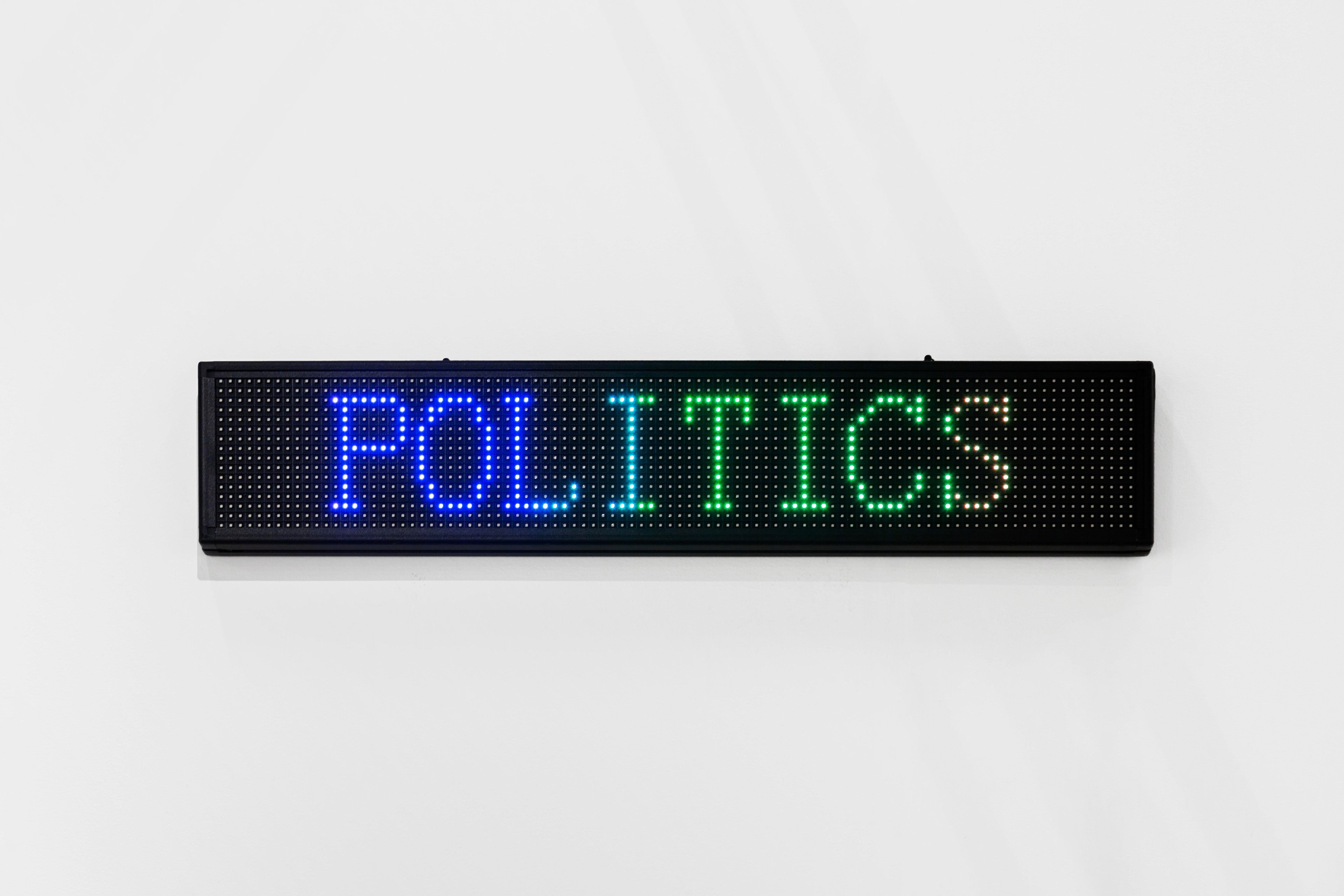
The Last World: HANNAH BLACK Investigates Mommy Issues and Death
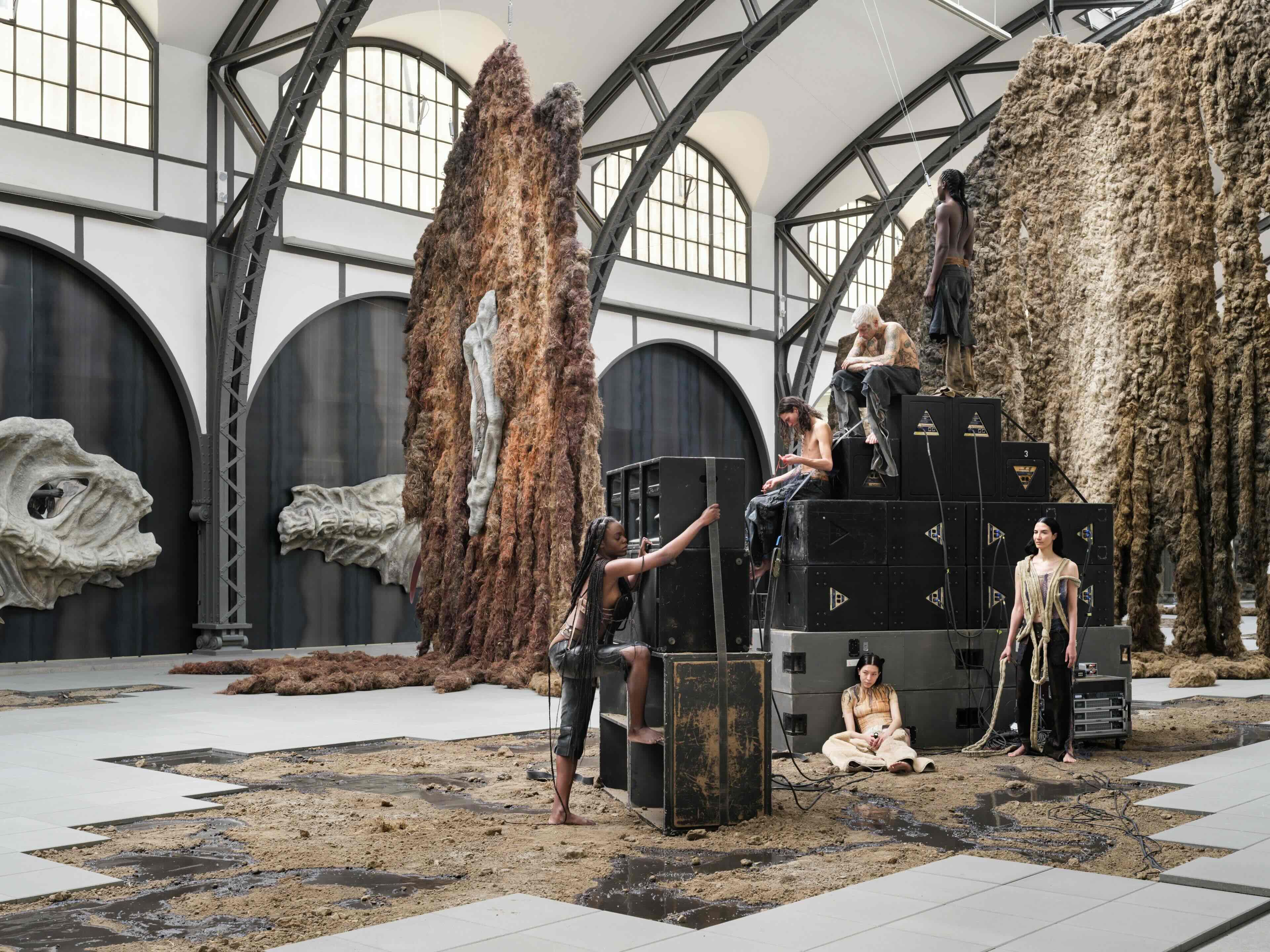
Beautiful Aliens: KLÁRA HOSNEDLOVÁ
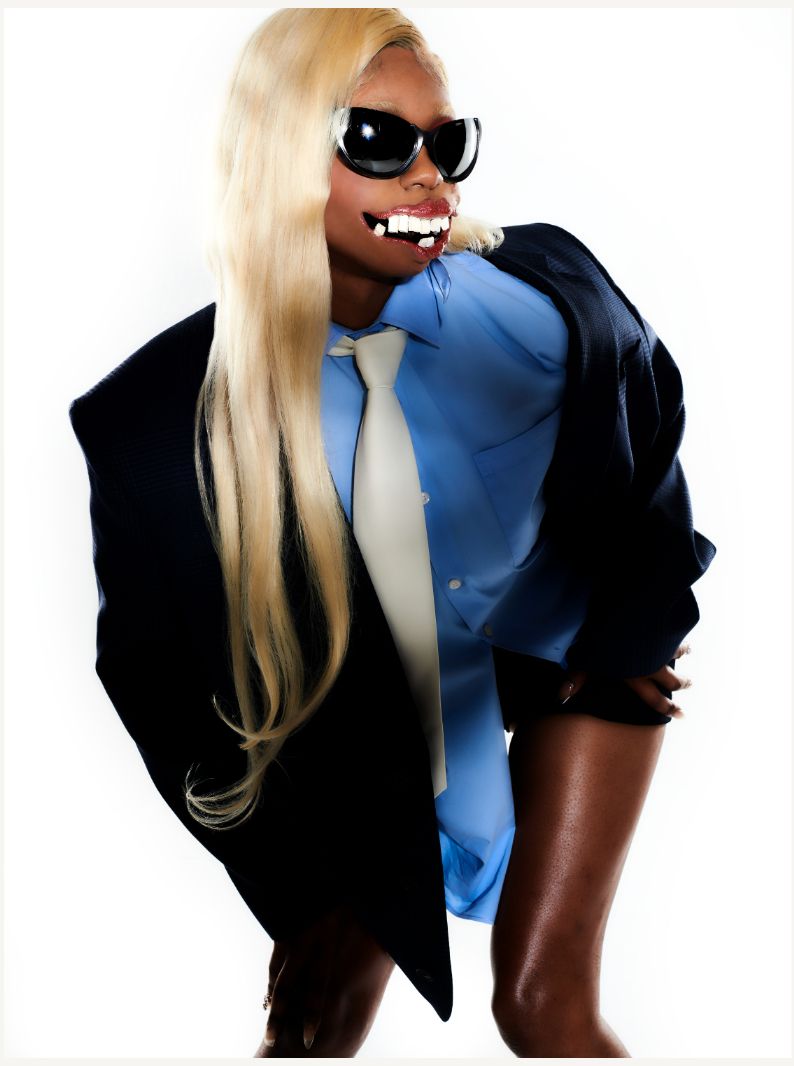
Reality TV as a Sociological Analysis: JAMES BANTONE
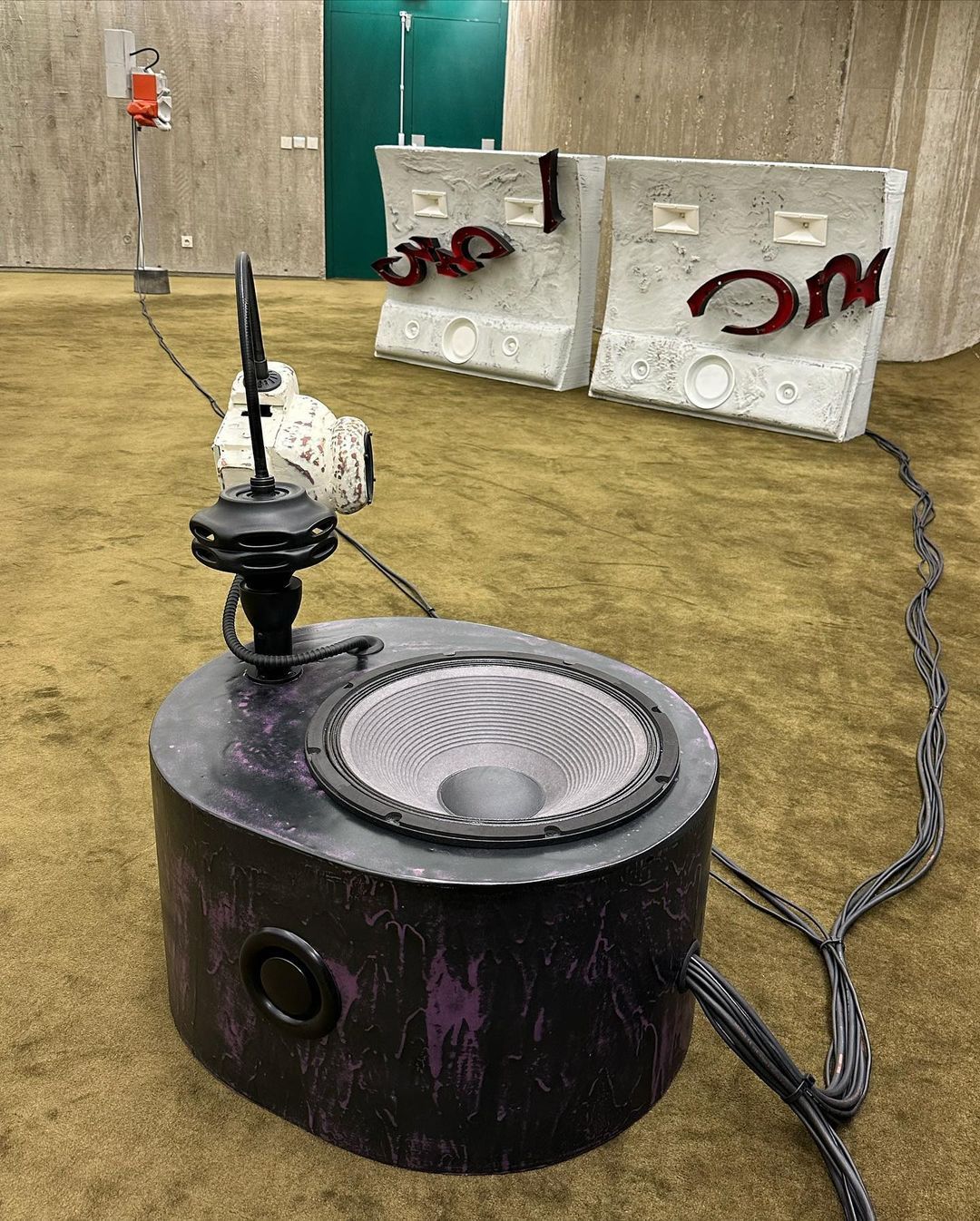
Erwan Sene’s Sonic Odyssey
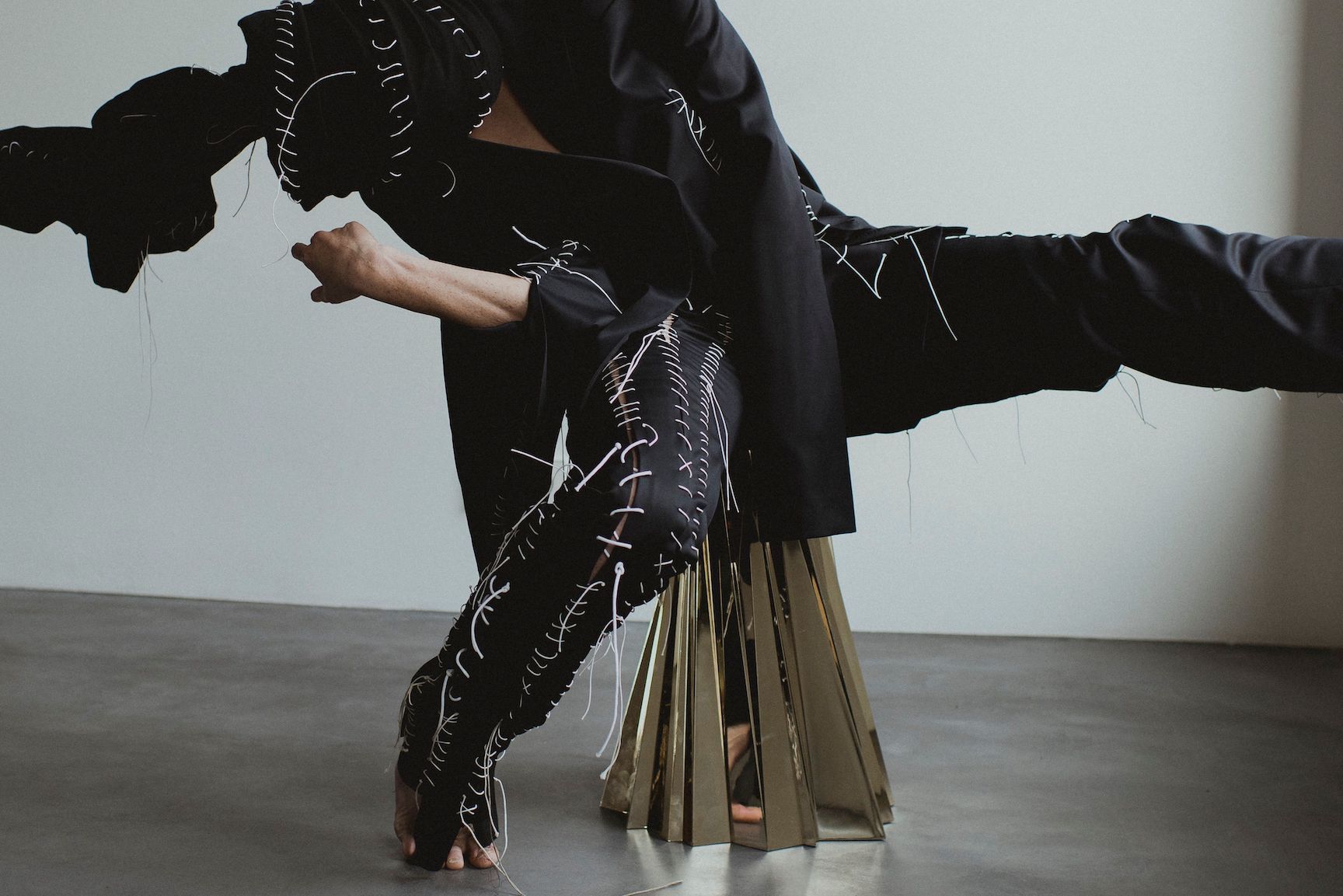
Slash’n’Lace: Welcome to the Couture of OTTOLINGER
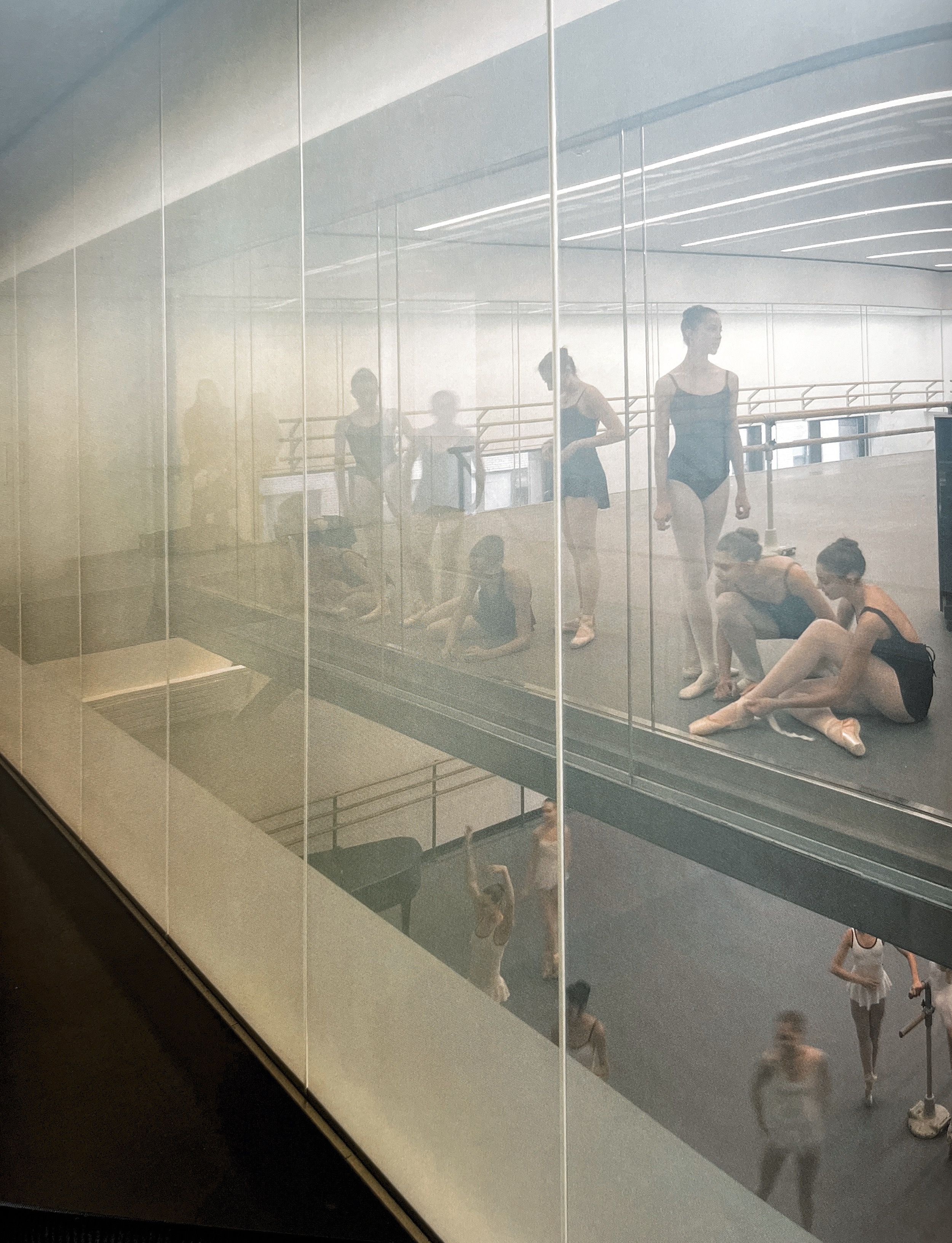
From the Sleep Side: DILLER SCOFIDIO + RENFRO
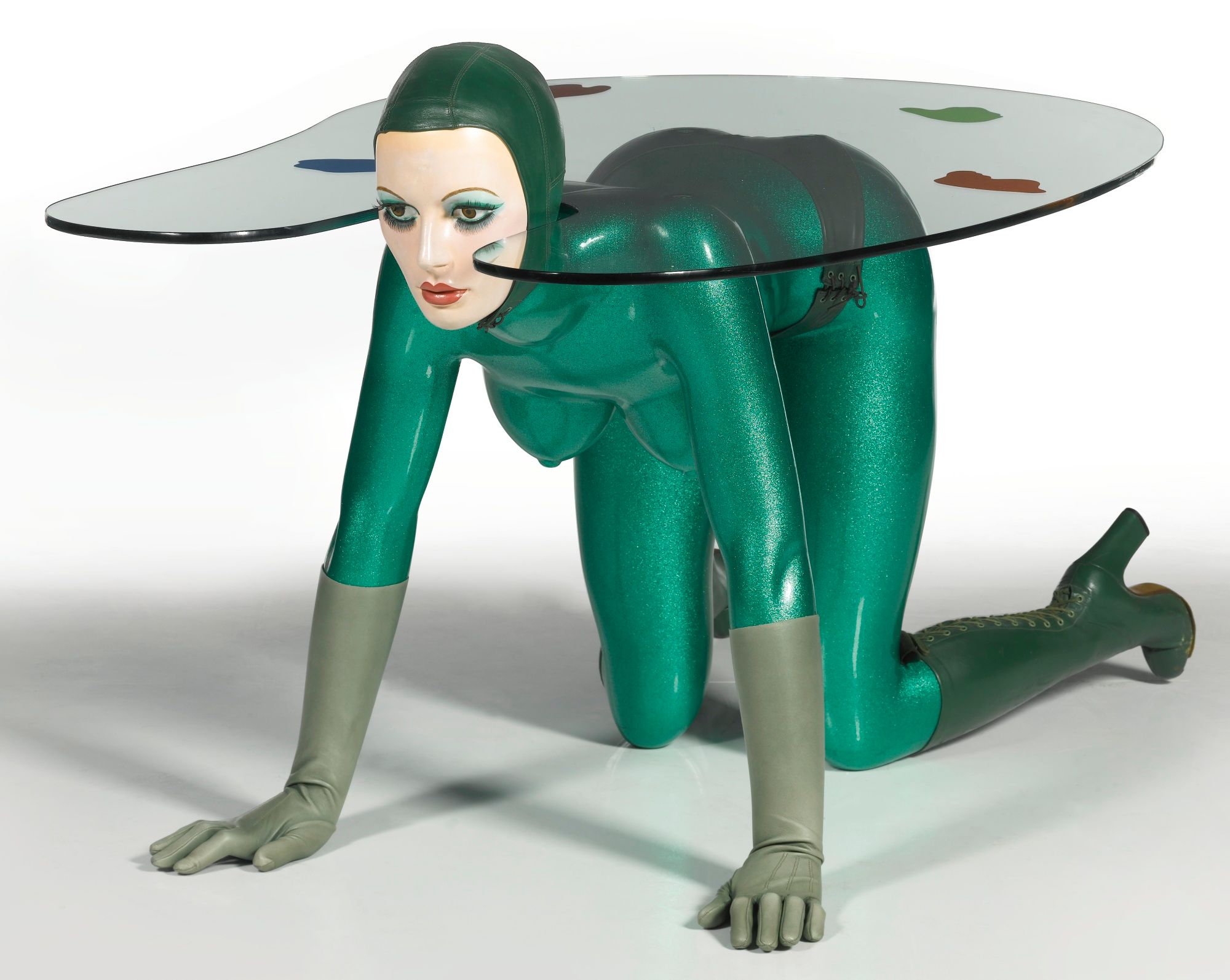
ALLEN JONES: Discovering A Muse At Madame Tussauds
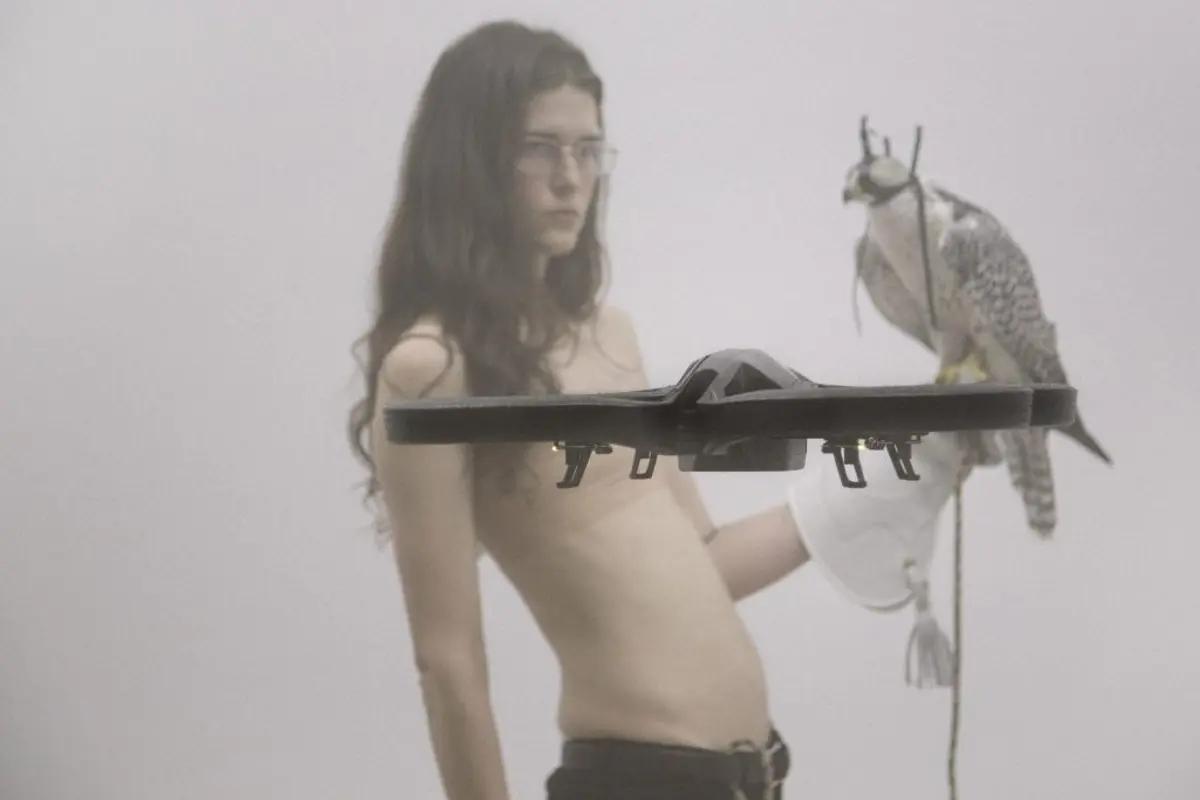
ANGST: ANNE IMHOF